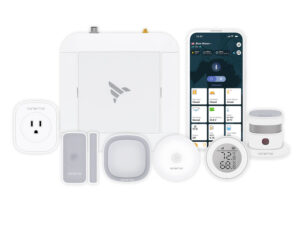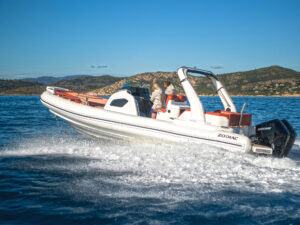
No one wants to use a satellite distress beacon or other electronic emergency communications device, but prudent seamanship dictates having one or more on board in the event of a worst-case scenario. Here are three types to consider.
Sat Messenger: SpotX with Bluetooth
The Uplink: With a SpotX two-way satellite messenger, a keyboard lets you transmit an international SOS via the GEOS satellite network, along with your position using built-in GPS. Private monitoring bases coordinate a response. You can also send and receive messages with a Bluetooth connection to your cellphone. Operational battery life is 240 hours for this compact device.
The Disconnect: Unlike an EPIRB or PLB, SpotX requires a subscription plan, starting at $11.95 per month.
Price: $249.96 (plus service plan); findmespot.com
EPIRB: ACR GlobalFix V4
The Uplink: This EPIRB has GPS, auto water activation, a 10-year battery, 48-hour broadcast time, self-test functions, LED strobe and upright flotation. It operates on COSPAR-SARSAT and MEOSAR satellite networks for global coverage with no subscription fee. The battery is user-replaceable. ACR’s optional 406Link.com portal sends confirmation test messages via cellphone or email.
The Disconnect: Needs to be registered for effective rescue response. Auto-release bracket is optional.
Price: $469.95
Buy: ACR GlobalFix V4 EPIRB; see more at acrartex.com
Read Next: Testing Emergency Electronics
PLB: Ocean Signal RescueMe PLB1
The Uplink: At about 2 inches wide by 3 inches tall, you can put this waterproof device in your pocket or clip it to a life jacket or belt. It requires manual activation and operates on the global COSPAR-SARSAT and MEOSAR satellite systems. It includes a GPS, seven-year battery life, 24-hour broadcast time, LED strobe, test function and retractable antenna.
The Disconnect: Needs to be registered. The PLB must be attached to its pouch in order to float.
Price: $299.95
Buy: Ocean Signal RescueMe PLB1; see more at thegpsstore.com









